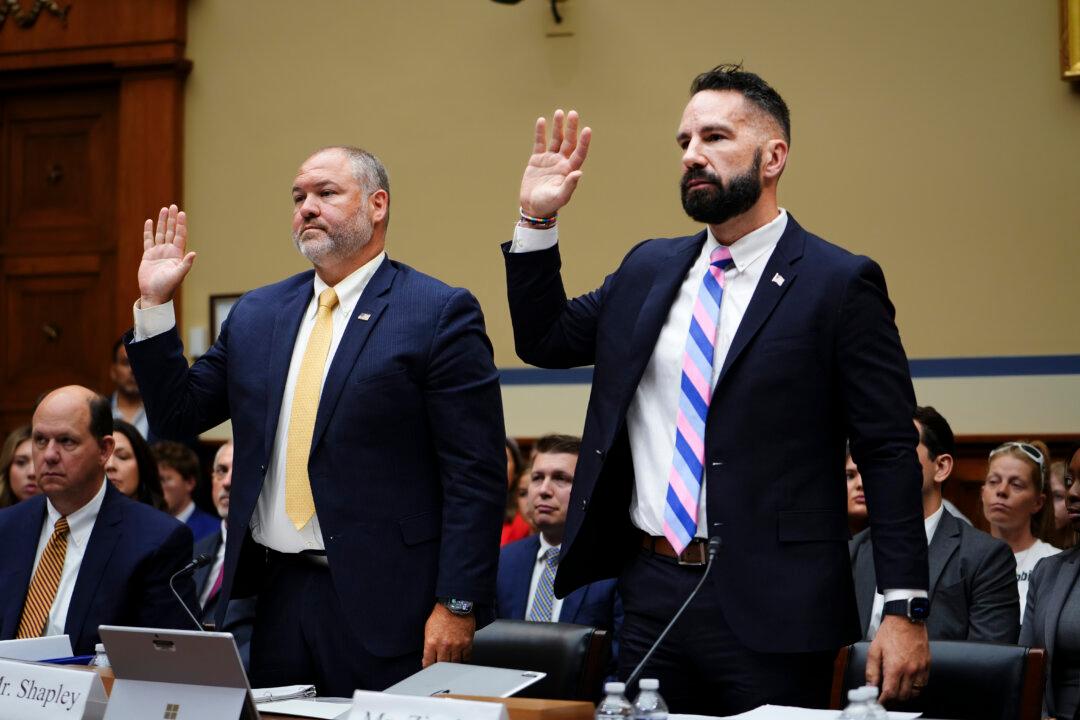Dr. Anthony Fauci has been on the federal payroll for 55 years and currently has no plans to retire, but when he does, a new analysis of the National Institute of Allergy and Infectious Diseases director’s records shows he will get the largest pension in U.S. government history.
“Our auditors at OpenTheBooks.com estimate Dr. Fauci’s annual retirement would exceed $350,000. Thereafter, his pension and benefits would continue to increase through annual cost-of-living adjustments. Fauci has 55 years of service as a federal employee,“ reports Adam Andrzejewski, founder and president of the Illinois-based foundation that boasts of posting ”every dime in real time” of government spending at all levels in the United States.





